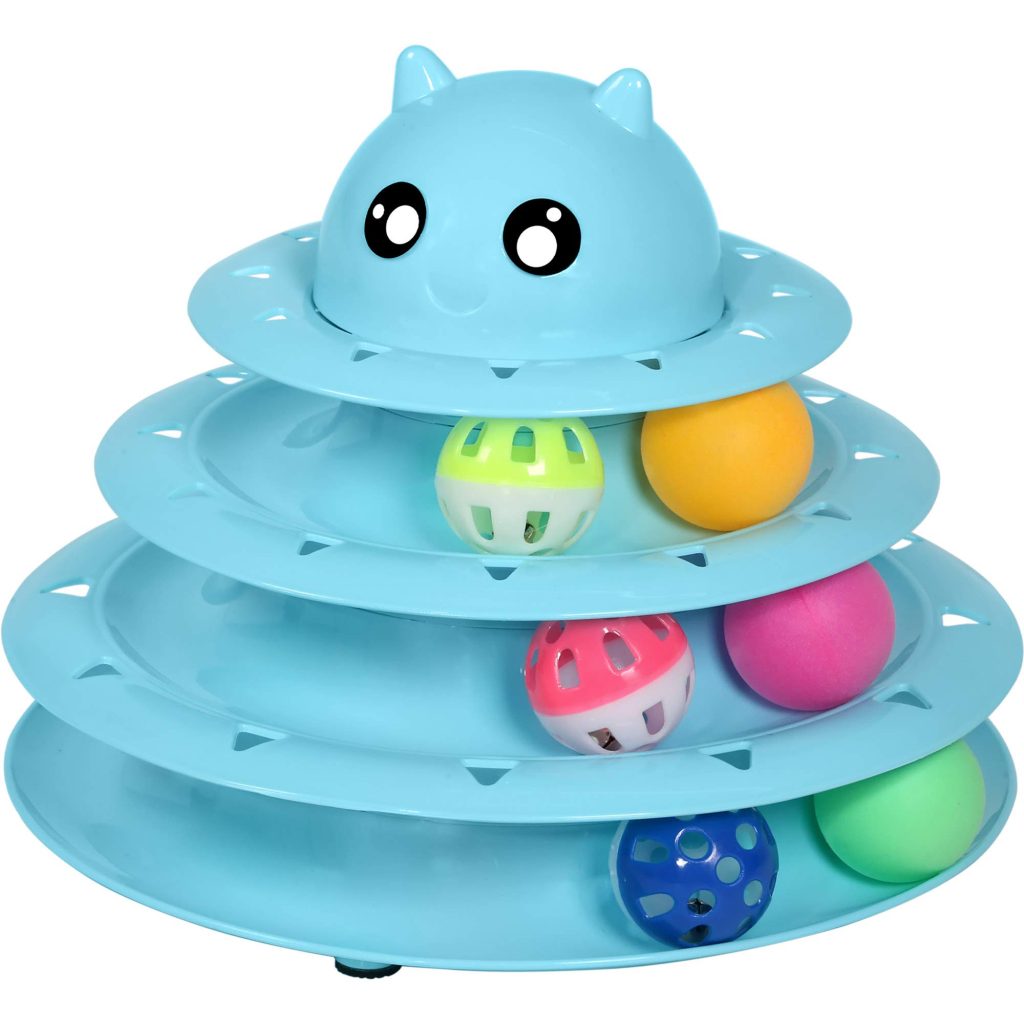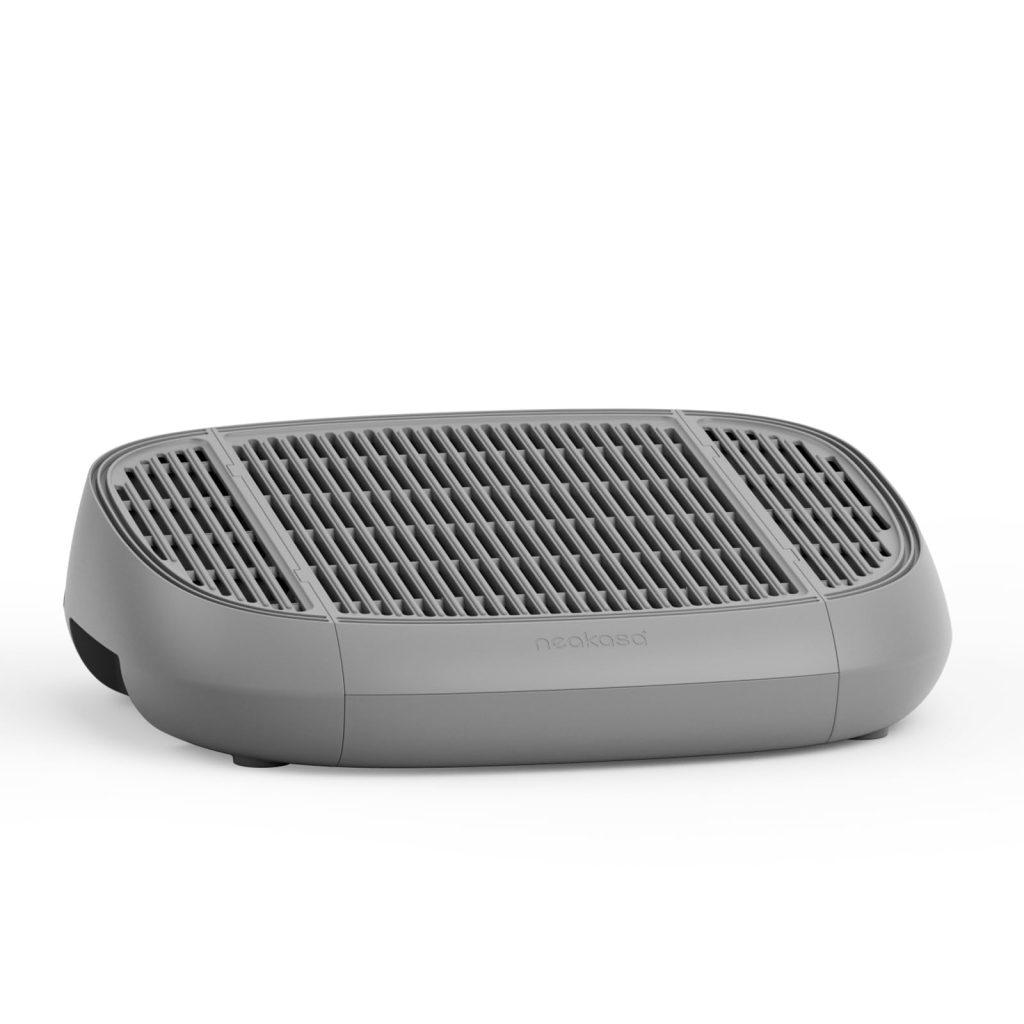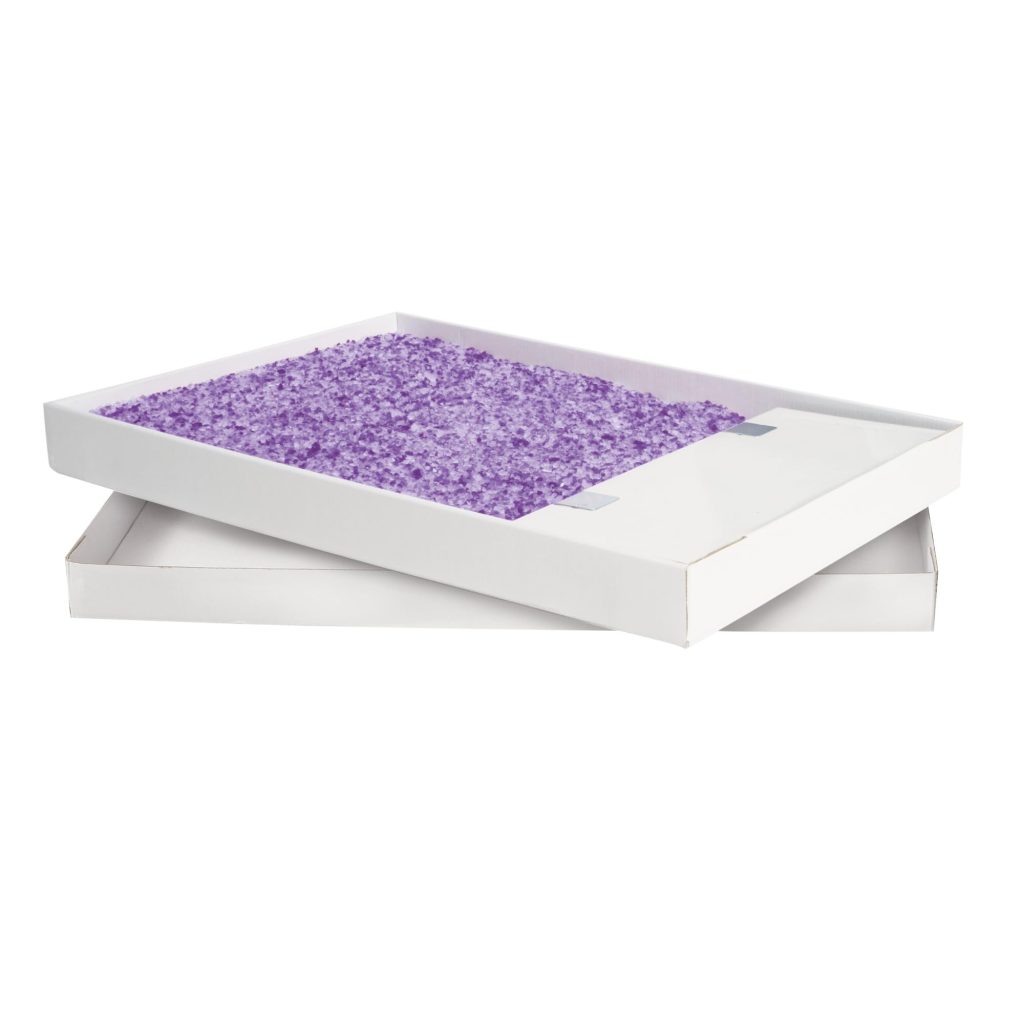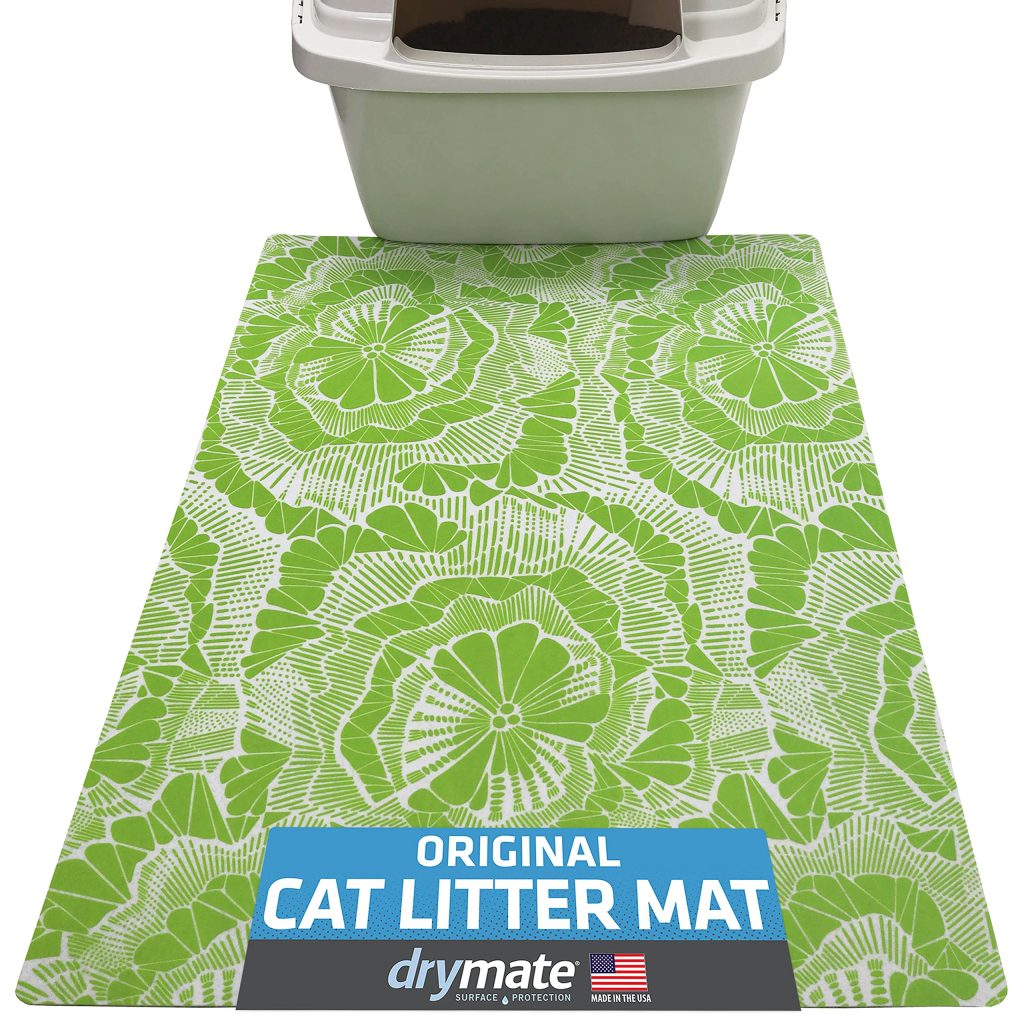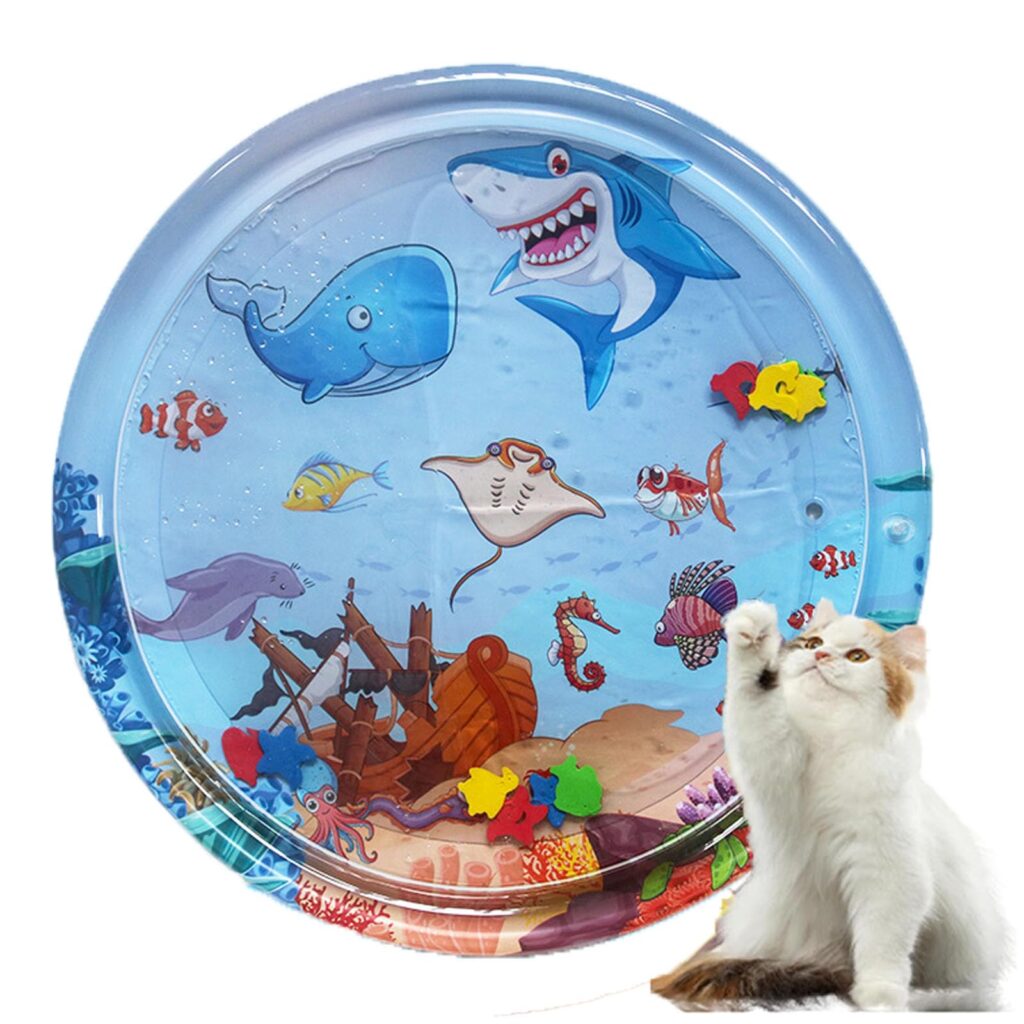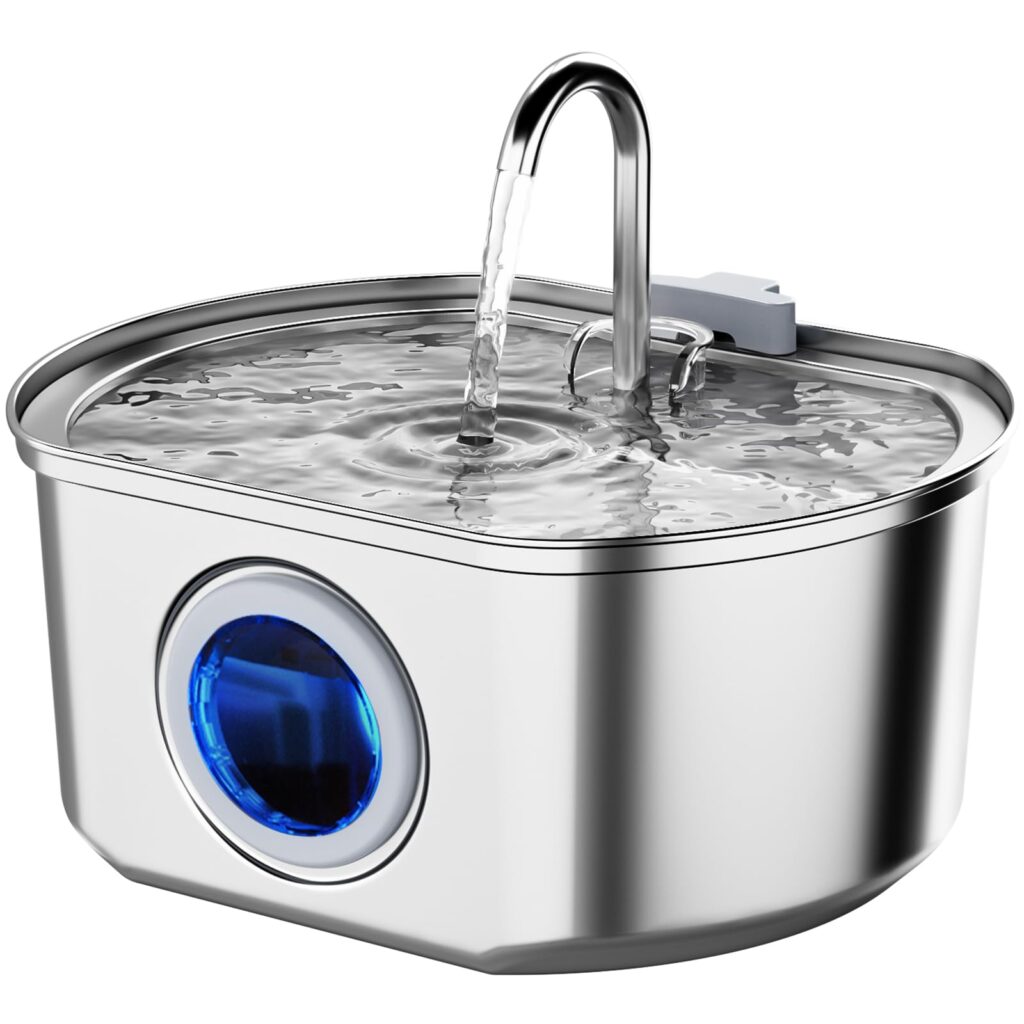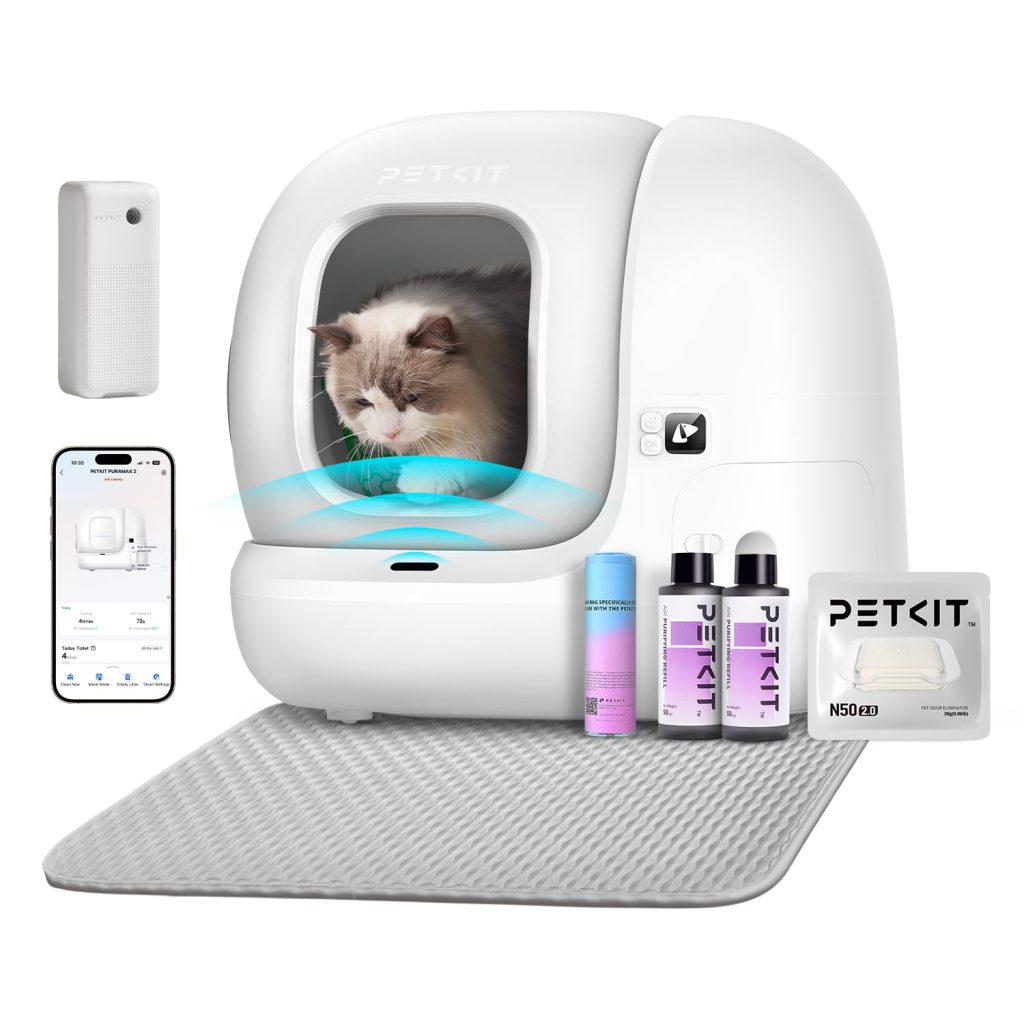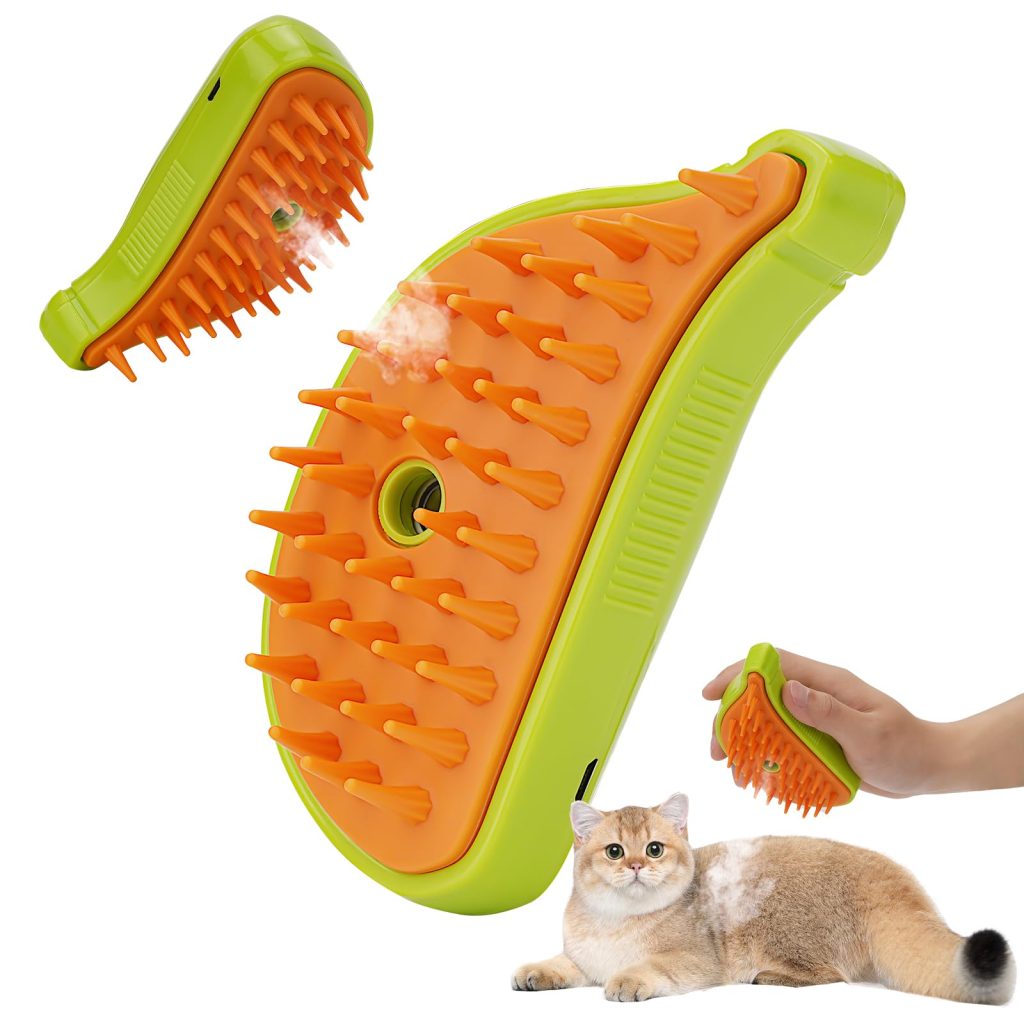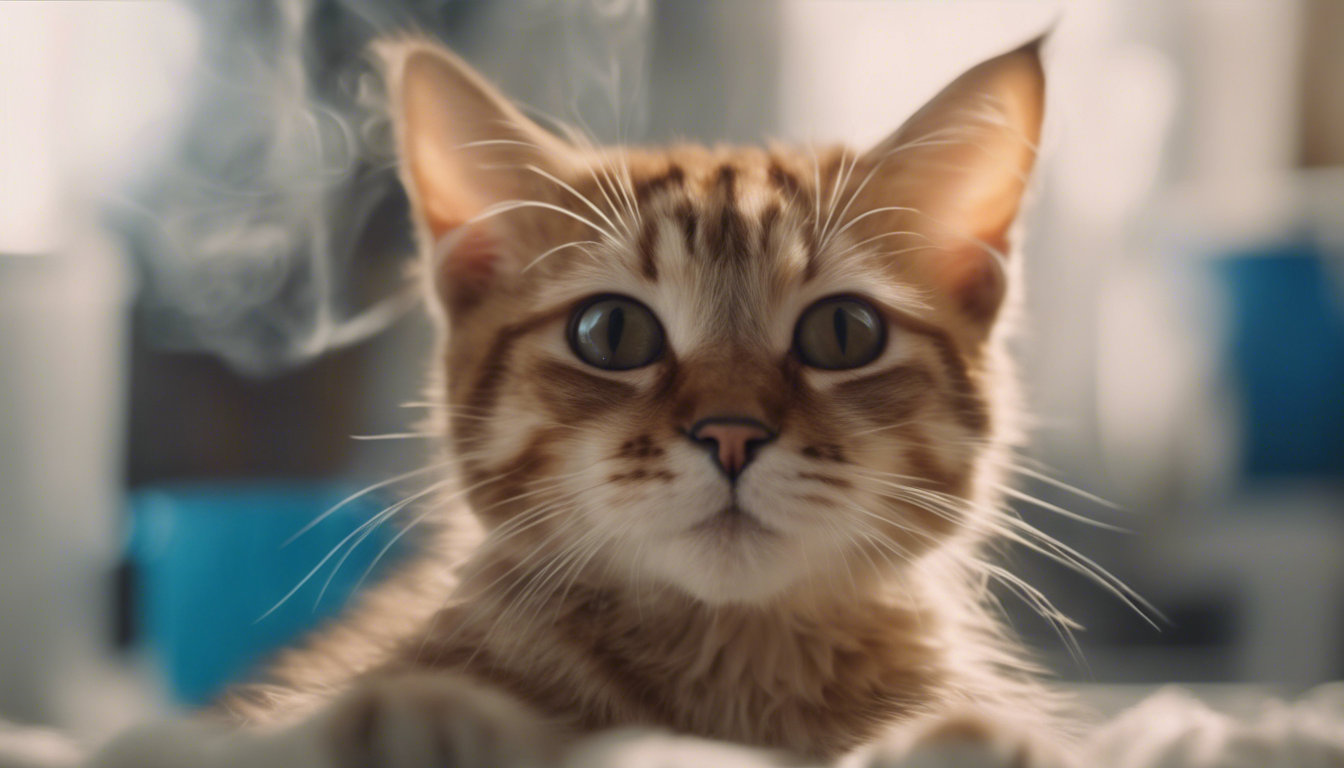
Understanding Cat Ear Anatomy and Function
Imagine a world where you can hear a mouse scampering in the grass from yards away, or detect an intruder’s footsteps despite being sound asleep. Welcome to your cat’s remarkable sense of hearing! Their ears are superhero-level super sensitive, capable of picking up frequencies humans can’t even dream of. But what makes their ears tick, or rather, twitch?
First off, let’s chat about the outermost part everyone notices – those adorable pointy bits called the ‘pinnae.’ Each one is like a satellite dish swiveling independently to catch every subtle sound. Cats can rotate these up to 180 degrees—talk about a full audio scan of their environment!
Moving inwards, there’s the ear canal – a twisty journey that’s all about amplifying those sounds and sending them straight to the eardrum. It is longer in our feline friends than in humans, shaping sound waves into whispers even before they reach the eardrum.
Behind that drum lies the middle and inner ear, where real magic happens. Tiny bones called ossicles dance with the vibrations, transmitting them to an even more exciting space filled with fluid and hair-like cells. These cells convert vibrations into electrical signals, which zoom off to the brain—a place that is exceptionally talented at distinguishing between the rustle of a treat bag and leaves blown by the wind.
And then, there’s balance. The inner ear is not just about sound; it’s also home to the vestibular apparatus, the command center for coordination and balance. Ever wonder how cats always land on their paws? Thank the wonders of their inner ear for that graceful feline poise.
Last but certainly not least, is our furry friend’s ability to express themselves using their ears. A little swivel here, a flick there – ears are an integral part of cat body language. From signaling annoyance with a quick back flip to showing curiosity with forward pricks, their ears are like mood rings on top of their heads.
So next time you see your kitty’s ears perk up, remember there’s a whole world of anatomy and function, fine-tuned over millennia, helping them navigate their day-to-day nine lives. It’s not just a cute feature on their head; it’s an exceptional instrument critically important to their survival and wellbeing.
Common Ear Issues in Cats: Signs and Symptoms
Picture your feline friend shaking their head vigorously or scratching incessantly at an itchy ear — these could be tell-tale signs of common ear issues, which unfortunately, are no picnic for your kitty. Such problems can range from pesky ear mites to uncomfortable infections, and recognizing the signs is important for a swift return to comfort and health.
Now, if you see your cat’s head tilting to one side or notice a foul odor wafting from within those tufted ears, take note! These are classic signals that something’s up. Another red flag is excess wax, which can look like dark, crumbly debris – kind of like coffee grounds sprinkled in their ear canal. But wait, there’s more. If your usually playful companion is now shying away from ear scritches, they’re probably dealing with some tenderness or pain.
Discharge is another concern. You might spot a bit of black or yellowish gunk making an unwelcome appearance – this isn’t a new ear accessory, it’s a symptom that needs checking out. Additionally, inflamed ears, which might be red and swollen, scream discomfort loud and clear – even without the keen hearing abilities of your cat. And let’s not say goodbye to balance troubles; if kitty is wobbling around like they’ve had one too many catnip cocktails, it could be down to ear troubles affecting their equilibrium.
Now you’re armed with the savvy to spot the signs: head shaking and scratching, odor, wax buildup, pain upon touch, discharge, inflammation, and balance issues. It’s like detective work but cuter because cats. Being alert to these symptoms will prove vital in catching ear issues early and keeping your beloved whiskered companion in top-notch shape. So next time you’re indulging in a kitty photo session or having a cozy cuddle, stay observant—it’s a simple way to ensure those ears stay pristinely perked and ready for eavesdropping on birds from the windowsill.
A Step-by-Step Guide to Cleaning Your Cat’s Ears
Alright, let’s dive in and get those kitty ears squeaky clean! Before you start, make sure you’ve got everything you need: a gentle ear cleaner made for cats, some cotton balls or gauze pads (avoid cotton swabs like Q-tips as they could hurt your cat’s inner ear), and a healthy dose of patience. Ready? Let’s purr our way through this.
First things first, find a comfy spot where your cat can relax, but also where you can maintain a good grip if things get… well, wriggly. Some cats might be chill with ear-cleaning, while others treat it like a full-blown alien abduction.
Gently hold your fluffy overlord’s head still and take a moment to examine the ear. If it looks dirty inside, it is time to introduce the ear cleaner. Now, don’t go pouring the entire bottle in there—your cat will not be amused. Instead, fill the ear canal with a small amount of cleaner, enough to fill it without overflowing. Massage at the base of the ear for about 20-30 seconds; you’ll hear a squishy sound which means the cleaner is doing its job.
Next, stand back and let kitty shake it off. Imagine it is a feline dance-off and that head shake is their signature move. This helps bring the dissolved ear wax and debris up to where you can wipe it away.
Using a cotton ball or gauze, gently wipe the outer ear canal and get rid of any of that gunk you’ve just loosened up. Remember to be delicate; we’re cleaning, not digging for treasure. Work your way from the inside out, and never insert anything deep into their ear canal; that is a big no-no.
If your cat’s patience is wearing thin but their ears are still not as clean as you’d like, give them a break. You can always attempt another cleaning session later. It is like a TV series cliffhanger for them—what excitement will the next episode bring?
Keep repeating this process for the other ear, ensuring each one gets its share of TLC. With clean ears, your cat will be more comfortable, less prone to infections, and perhaps even more inclined to listen when you tell them they’re the most majestic creature on Earth (though we all know they already think that).
Remember, if you are ever unsure, or if you consider there might be an infection or serious issue, seek professional advice from your vet. They’re like the cool aunt/uncle your cat never knew they needed.
There you have it! Ear cleaning doesn’t have to be an epic battle between human and beast. It is just another way to show you care—plus it is prime bonding time with your purring pal. So next time you are armed with that cleaner and cotton ball, approach with confidence and gentle hands. Your cat will thank you for it—well, eventually!
Preventative Measures to Maintain Healthy Cat Ears
Ensuring our feline friends have pristine ears isn’t just about handling issues when they arise; it is also about being proactive with prevention. Picture a kitty spa day devoted to wellness—ear care edition! A little preventive maintenance goes a long way in keeping those adorable auditory systems in top form.
First off, think your cat’s environment. Indoor cats may have less exposure to outdoor irritants that can lead to infections, but that doesn’t mean they’re immune. Keep their living space clean and minimize dust or small particles that could find their way into those sensitive ears. Consider of it like keeping the air quality top-notch for the VIP (Very Important Puss).
Regular check-ups can be a game-changer. During cuddle times, sneak in a quick ear exam under the guise of affection. Keeping an eye—or rather, an eyeful on their ears helps you spot any early signs of dirt buildup or inflammation before they turn into bigger issues. It is like being a secret agent on a mission to protect those precious pinnae.
An often-overlooked element is nutrition. Yes, what your cat eats can affect their ear health! A balanced diet rich in essential nutrients helps maintain a strong immune system, which in turn can ward off infections. Consider discussing with your vet whether your cat could benefit from supplements that promote healthy skin and ears.
Grooming isn’t just about looking pretty; it’s important for health, too. For those cats flaunting luxurious locks, regular brushing reduces the chance of hair ending up where it shouldn’t—like tangled in their ear canals. A trimmed tuft might be the chic look that also keeps those ears clear.
Lastly, build up a trusty first-aid kit. This isn’t for DIY treatments on real issues—that’s a vet’s territory—but having ear wipes and vet-approved cleaners on hand for routine cleaning ensures you are ready if your cat’s ears do need a little sprucing up.
Prevention is about creating a lifestyle that supports ear health (cue the serene meowditation music). It is making ear care an ingrained part of your bond with your cat. While they may never write you thank-you notes for your vigilance, peace of mind that every head bump is their own feline way of showing appreciation for those clean, healthy ears—or at least that is what we like to think!
